
cd_nom
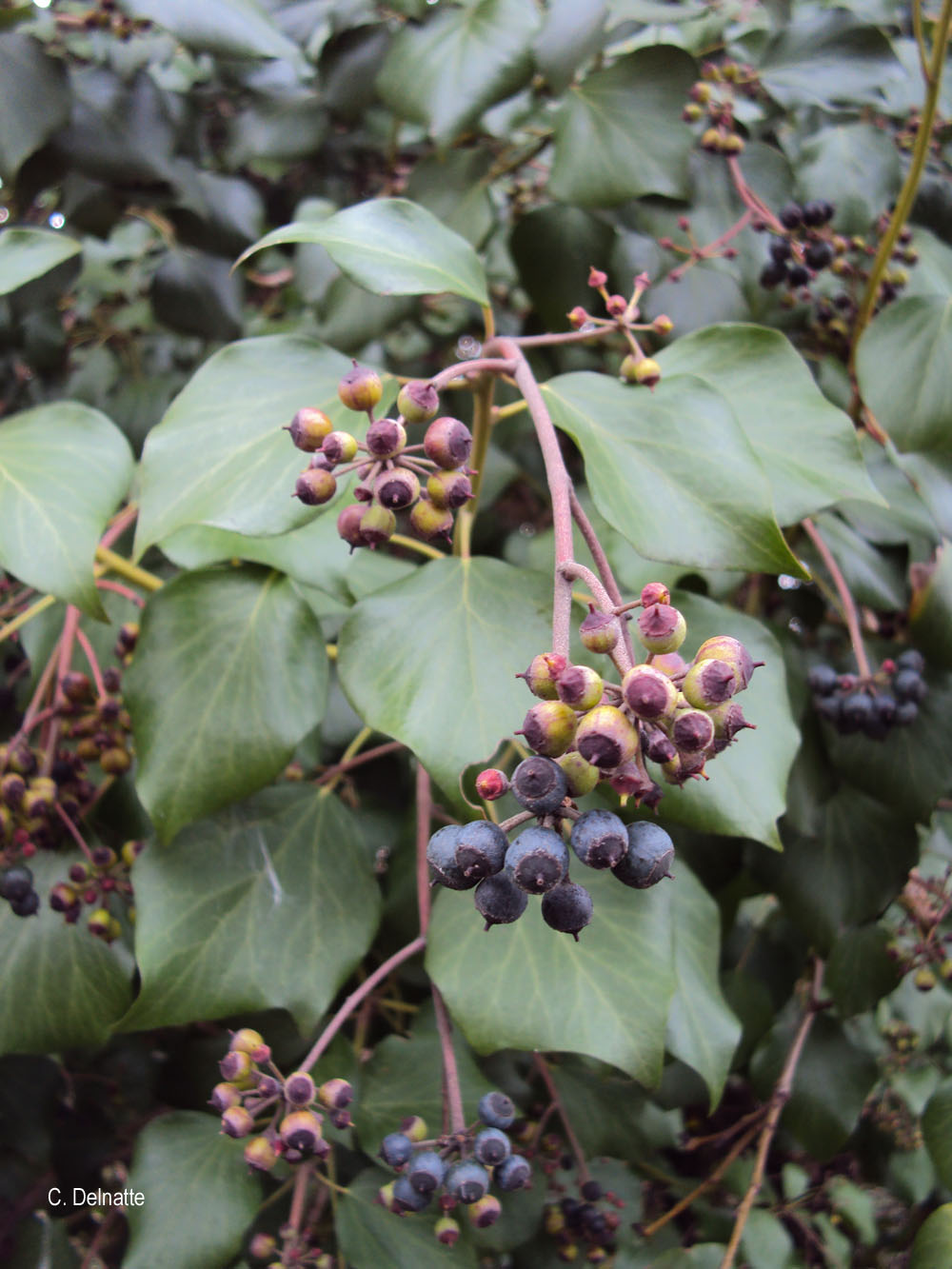
| Author : C. Delnatte |
 |
To get the picture, please visit:
César DELNATTE
Chargé de mission écologie végétale
DEAL Martinique
Pointe de Jaham – BP 7212
97274 Schoelcher Cedex
Tél : 05 96 59 58 55
GSM : 06 94 15 63 67
Any reuse of one or more photographs on this site is subject to an authorization request from the author.
Link to the Code of Intellectual Property (Legifrance)
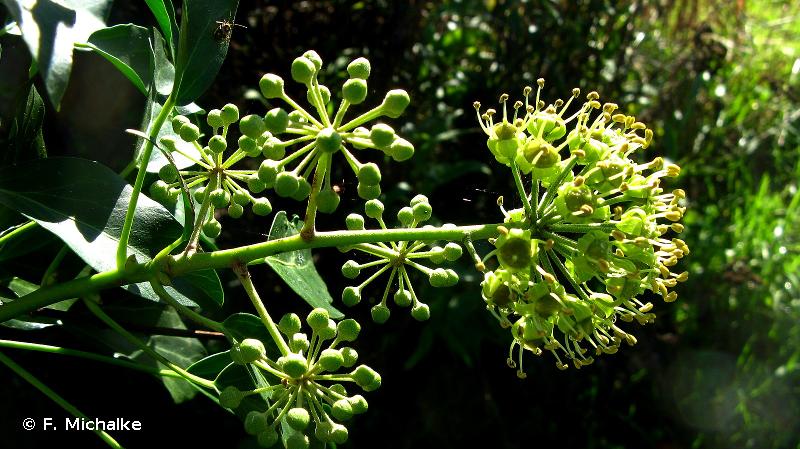
| Author : F. Michalke |
 |
To get the picture, please visit:
Friedrich Michalke
email : inpn@mnhn.fr
Despite the Creative Commons license, please inform the author of the use which will be made of his photo
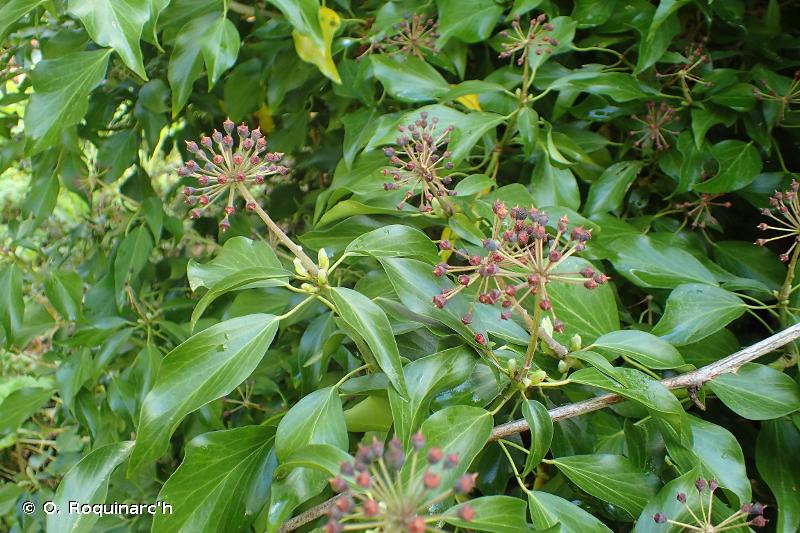
| Author : O. Roquinarc'h |
 |
To get the picture, please visit:
Océane ROQUINARC'H,
Muséum national d'Histoire naturelle,
Service du Patrimoine Naturel,
4 Avenue du Petit Château,
91800 BRUNOY
mail : oroquinarch@mnhn.fr
Despite the Creative Commons license, please inform the author of the use which will be made of his photo
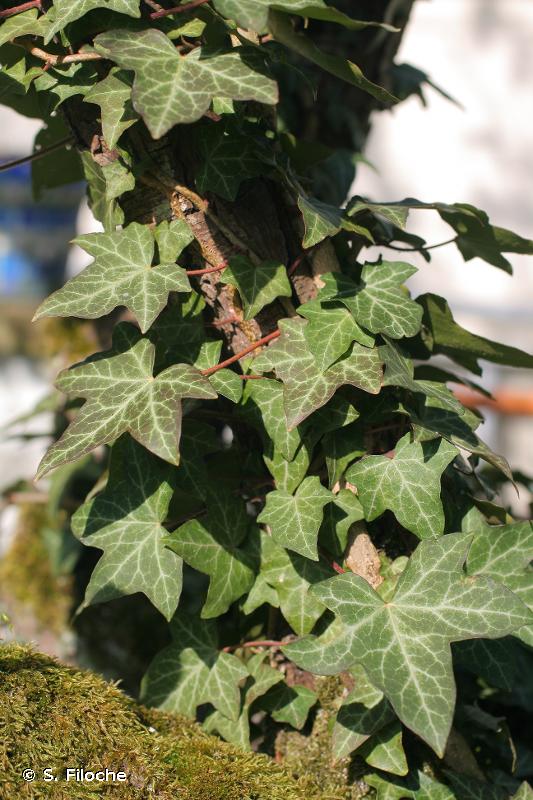
| Author : S. Filoche |
 |
To get the picture, please visit:
Sébastien Filoche,
CBNBP/MNHN
61, rue Buffon - 75005 Paris
email : inpn@mnhn.fr
Despite the Creative Commons license, please inform the author of the use which will be made of his photo
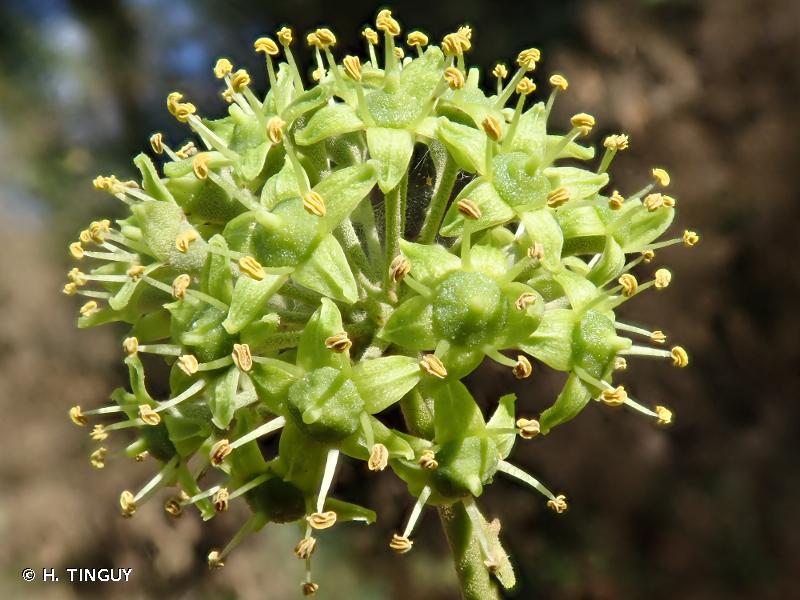
| Author : H. TINGUY |
 |
To get the picture, please visit:
Hugues Tinguy
email : inpn@mnhn.fr
Despite the Creative Commons license, please inform the author of the use which will be made of his photo
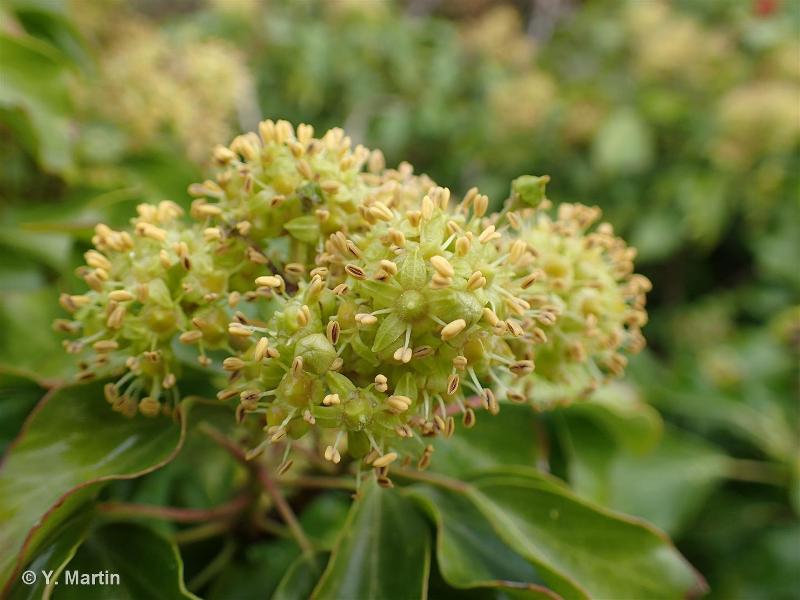
 |
To get the picture, please visit:
Yoan MARTIN
email : martin.yoan95@gmail.com
Despite the Creative Commons license, please inform the author of the use which will be made of his photo

 |
To get the picture, please visit:
Yoan MARTIN
email : martin.yoan95@gmail.com
Despite the Creative Commons license, please inform the author of the use which will be made of his photo

 |
To get the picture, please visit:
Jean-Jacques Milan
http://jjmphoto.fr/#Galeries.B
Société linnéenne de Bordeaux
email : jean.jacques.milan@wanadoo.fr
Despite the Creative Commons license, please inform the author of the use which will be made of his photo

 |
To get the picture, please visit:
Jean-Jacques Milan
http://jjmphoto.fr/#Galeries.B
Société linnéenne de Bordeaux
email : jean.jacques.milan@wanadoo.fr
Despite the Creative Commons license, please inform the author of the use which will be made of his photo
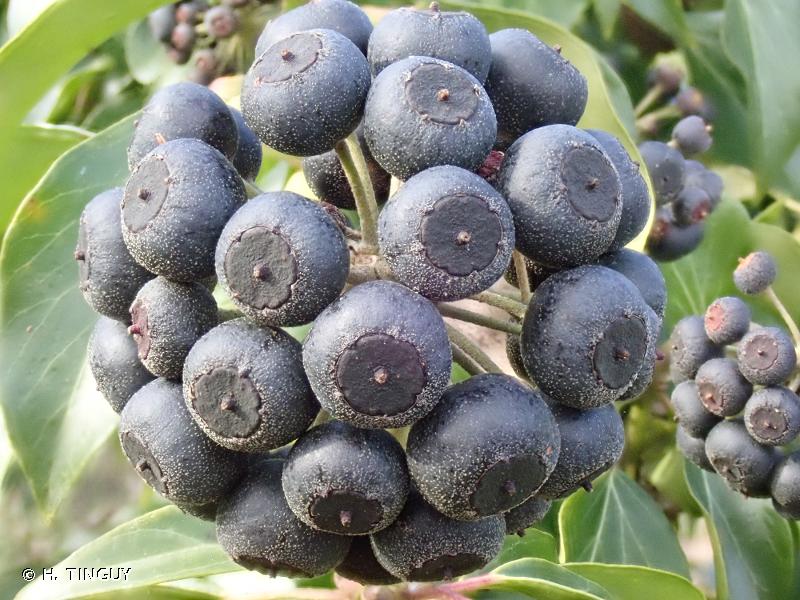
| Author : H. TINGUY |
 |
To get the picture, please visit:
Hugues Tinguy
email : inpn@mnhn.fr
Despite the Creative Commons license, please inform the author of the use which will be made of his photo

| Author : H. TINGUY |
 |
To get the picture, please visit:
Hugues Tinguy
email : inpn@mnhn.fr
Despite the Creative Commons license, please inform the author of the use which will be made of his photo
Diagnose :
Le Lierre grimpant est une espèce de la famille des Araliacées, herbacée, vivace, à développement lianescent par l'émission de crampons qu'il utilise pour s'accrocher à des supports verticaux. Qu'il soit rampant au sol ou grimpant, sa longueur peut atteindre une trentaine de mètres, voire plus. Ses feuilles sont persistantes, alternes, vert foncé, de forme losangique lorsqu'elles sont jeunes, puis palmée à cinq lobes lorsqu'elles sont âgées. Les fleurs sont disposées en grappes d'ombelles. Elles possèdent un calice à cinq tout petits sépales, cinq pétales verdâtres retombants et cinq étamines. La floraison est automnale et les fruits sont pleinement mûrs en fin de printemps. Les fruits sont des baies globuleuses de couleur noire lorsqu'elles sont matures.
Détermination :
Le Lierre grimpant est très facile à déterminer : il ne peut être confondu avec aucune autre espèce végétale. Il existe des cultivars de lierres dits « panachés », dont les feuilles sont parsemées de taches de couleur blanc ivoire. Ces plantes sont échappées des jardins et ne se maintiennent que très rarement dans le milieu naturel.
Biogéographique et écologie :
En France métropolitaine, cette espèce est commune dans toutes les régions. Son habitat privilégié correspond aux forêts, bosquets, lisières et orées. Il affectionne les endroits laissés à l'abandon et non débroussaillés. Les rochers, murs, poteaux et clôtures sont d'excellents supports sur lesquels il se développe.
D'après : Coste, H. 1900-1906. Flore descriptive et illustrée de la France, de la Corse et des contrées limitrophes. Paul-Klincksieck, Paris. Réédité en trois tomes en 1998. Librairie scientifique et technique Albert Blanchard, Paris.
O. Escuder(UMS 2006 Patrimoine Naturel (AFB / CNRS / MNHN)),2016
Continental
Metropolitan France
Overseas
Marine
Metropolitan France
Overseas
The map presents a summary at the 10 x 10 km grid of the observation data for the species transmitted to the SINP. These data have been subjected to validation filters.
The map presents a reference distribution layer of the species at the scale of departments and marine sectors. The presence and absence data were established by expertise within a network of partners. This reference distribution is used in the validation process of the SINP data at the INPN level.
Corresponds to a report on the basis of at least one observation proved within a period of 10 years (20 years for little-known invertebrates) preceding the year and no presumption of extinction since obtaining the last data nor doubt on reproductive and implemented nature of this population. For migratory species, the presence indicated concerns areas of reproduction.
This status is based on one or more of the following criteria:
This point covers the absence, more difficult by nature to demonstrate than presence. This status is based on one or more of the following criteria:
This status must be assigned to a department in which the presence of the species is casual.
Particular case of absence due to a proven extinction less than a half century ago (older disappearances are treated as "no probable or definite").
In the state of knowledge, we can not comment on the presence or absence in the current department. This is the default status when not comprised in one of the previous categories or whenever there is doubt.
The map shows the global distribution of the species based on GBIF data (Global Biodiversity Information Facility).
